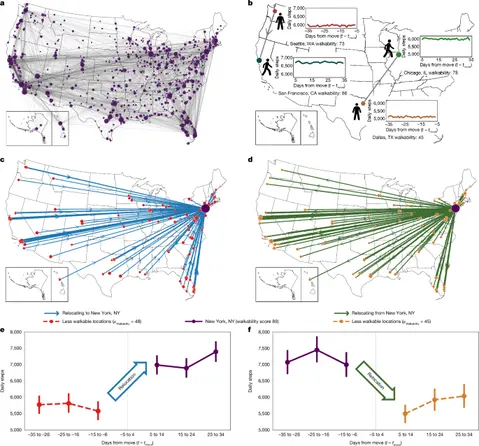T4K3.news
Three more 9/11 victims identified in New York City
DNA testing identified Barbara Keating and Ryan Fitzgerald, with an unnamed adult woman identified as well, bringing the total identifications to 1,653 of 2,753 victims.
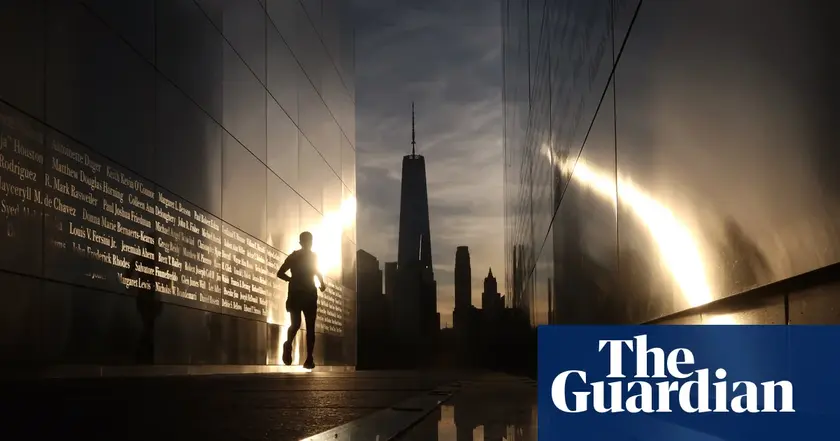
DNA advances enable new identifications of 9/11 victims, underscoring ongoing efforts to bring closure to families years after the attacks.
Three more 9/11 victims identified in New York City
The New York City medical examiner confirmed three more victims of the September 11 attacks have been identified through DNA testing. Barbara Keating, 72, of Palm Springs, California, and Ryan Fitzgerald, 26, of Floral Park, New York, were named on Thursday. The third identification, that of an unnamed adult woman, was withheld at the family’s request. The identifications raise the total to 1,653 people identified from the 2,753 who died when hijacked planes struck the World Trade Center. Keating was a church worker and disability advocate returning from a trip, while Fitzgerald worked as a foreign currency trader on the south tower’s 94th floor.
Officials said advances in DNA technology, including automation that helps extract samples from bone fragments, plus sustained outreach to families, made the identifications possible. The office maintains about 22,000 body parts recovered from Ground Zero, with around 1,100 victims still unidentified. Keating’s relatives provided DNA after researchers matched a hairbrush believed to belong to her, illustrating how long and painstaking the process can be. In a statement, New York’s chief medical examiner, Dr Jason Graham, emphasized the long timeline and the continued commitment to identify the missing. The case sits within the broader context of a memorial landscape in Lower Manhattan, where the World Trade Center site now hosts a museum and memorial.
The identifications are part of ongoing efforts to reconcile a national tragedy that remains deeply felt in New York. Authorities have stressed that the work is both scientific and human, a balance between methodical lab work and the needs of families waiting for names to be added to the official roll. The 9/11 memorial lists 2,983 names linked to the attacks in New York, Washington, and Pennsylvania, with the New York cases serving as a constant reminder of the city’s long memory and ongoing search for closure. Mayor Eric Adams said the project will continue until every victim is identified, a pledge that ties public memory to scientific progress and sustained outreach.
Key Takeaways
"Nearly 25 years after the disaster, our commitment to identify the missing and return them to their loved ones stands as strong as ever."
Graham on the ongoing mission to identify victims
"Each new identification testifies to the promise of science and sustained outreach to families despite the passage of time."
Graham on the role of science and outreach
"You know they’re not going to stop until they’ve identified every person."
Paul Keating on family persistence
"We continue this work as our way of honoring the lost."
Graham on the purpose of this effort
The story shows how forensic science remains a living thread in a long national wound. DNA technology, once seen as a last resort, now routinely tethers long-lost remains to living relatives. That shift changes not only lab work but the public conversation around closure, memory, and accountability. Yet the process also highlights the limits of what science can deliver within tight budgets and finite resources, as thousands of fragments still await identification. The personal dimension—families waiting decades for a name—keeps the push for funding and collaboration between agencies vital, even as new identifications arrive slowly. In short, the case is about memory as much as method, and about the city’s willingness to keep faith with the dead and with the living who mourn them.
As the work persists, the public narrative moves from catastrophe to incremental progress. Each new name can feel like a hinge in the broader story of Ground Zero—an occasion for ceremony, but also a reminder that healing is not a straight path. Critics may view the pace as slow or uneven, yet supporters will see it as an affirmation that science and compassion can persevere long after the headlines fade.
Highlights
- Nearly 25 years after the disaster, our commitment to identify the missing stands strong
- Each new identification testifies to the promise of science and sustained outreach to families
- You know they’re not going to stop until they’ve identified every person
- We continue this work as our way of honoring the lost
Memory endures when science keeps searching for the names hidden in the rubble of the past.
Enjoyed this? Let your friends know!
Related News
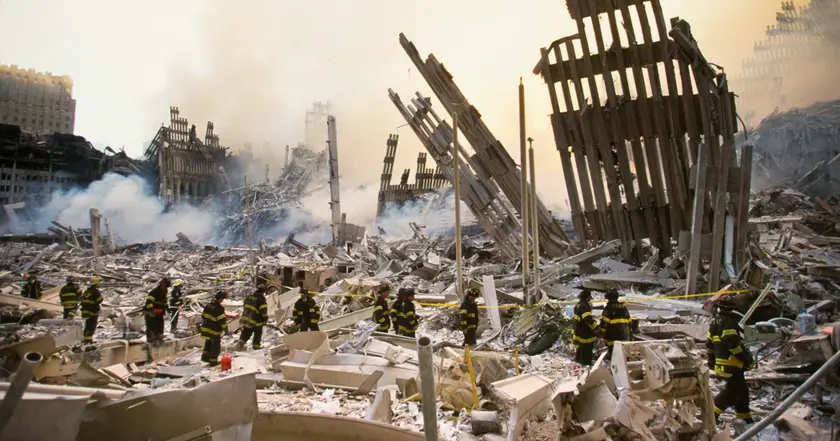
Three more victims of 9/11 confirmed identified
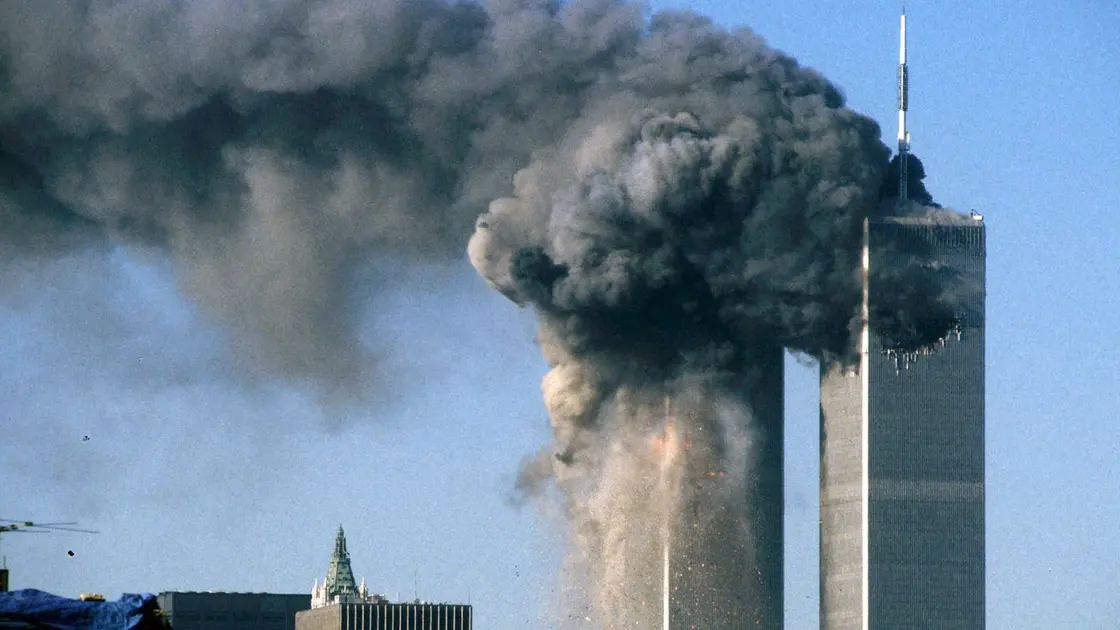
Three 9/11 victims identified thanks to DNA advances
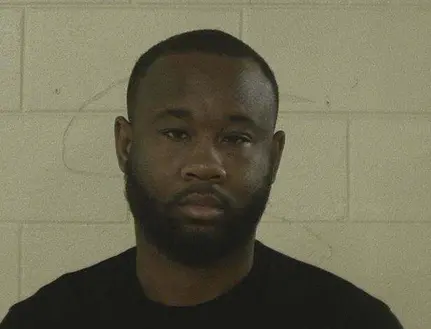
Fort Stewart Shooting Suspect Identified

NFL 2025 Season Projections
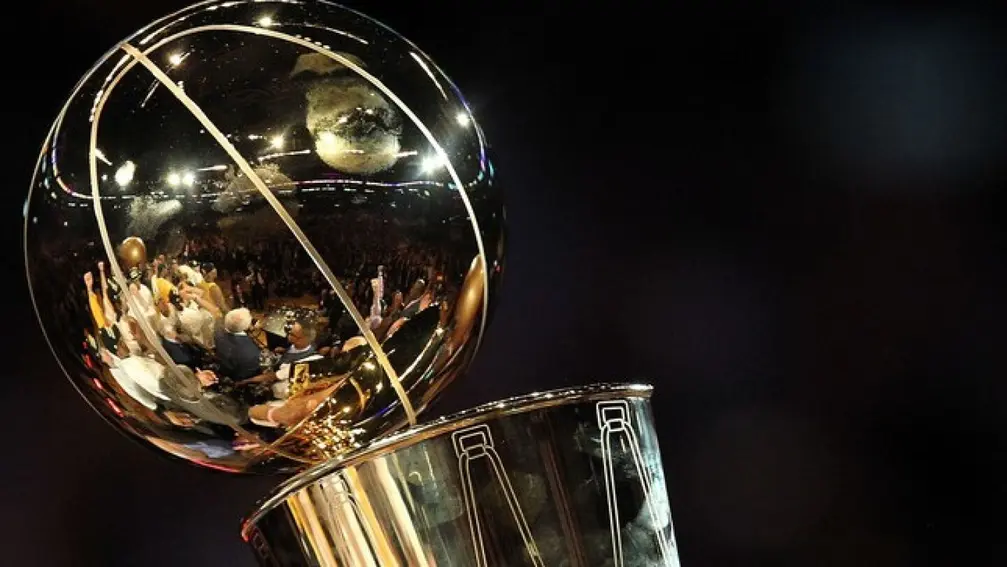
NBA returns to NBC with Peacock debut schedule
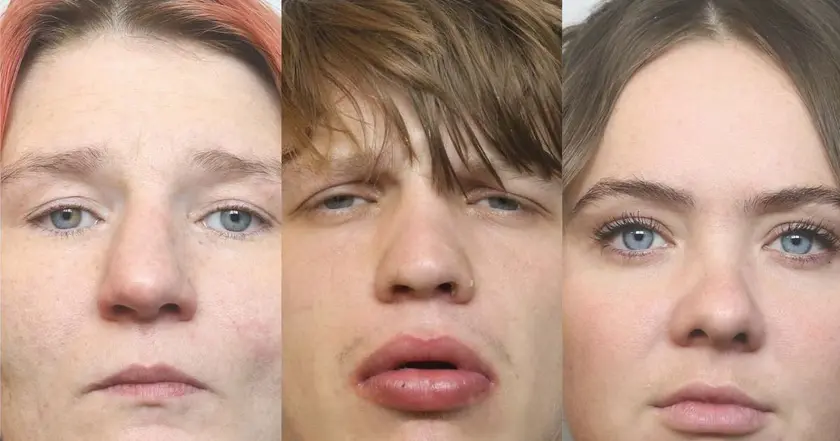
Merseyside jails 66 criminals in July
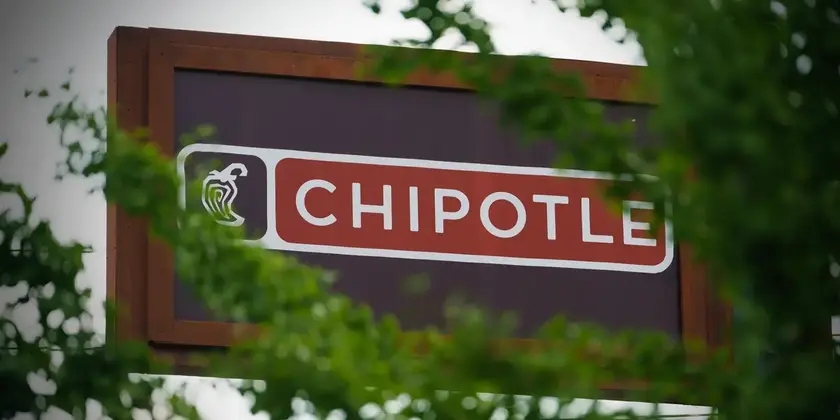
Chipotle faces labor tensions
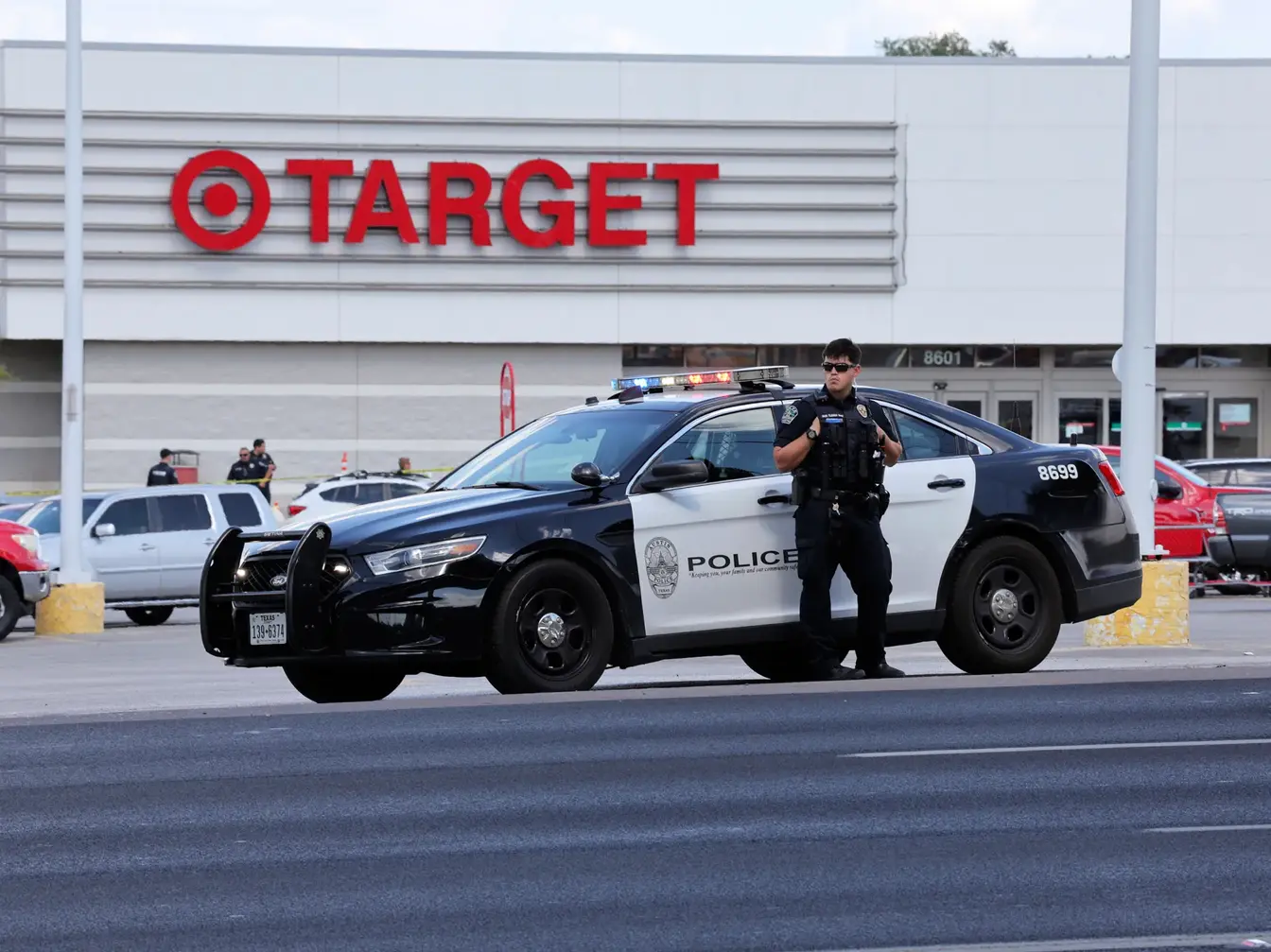
Three killed at Target in Austin Texas
